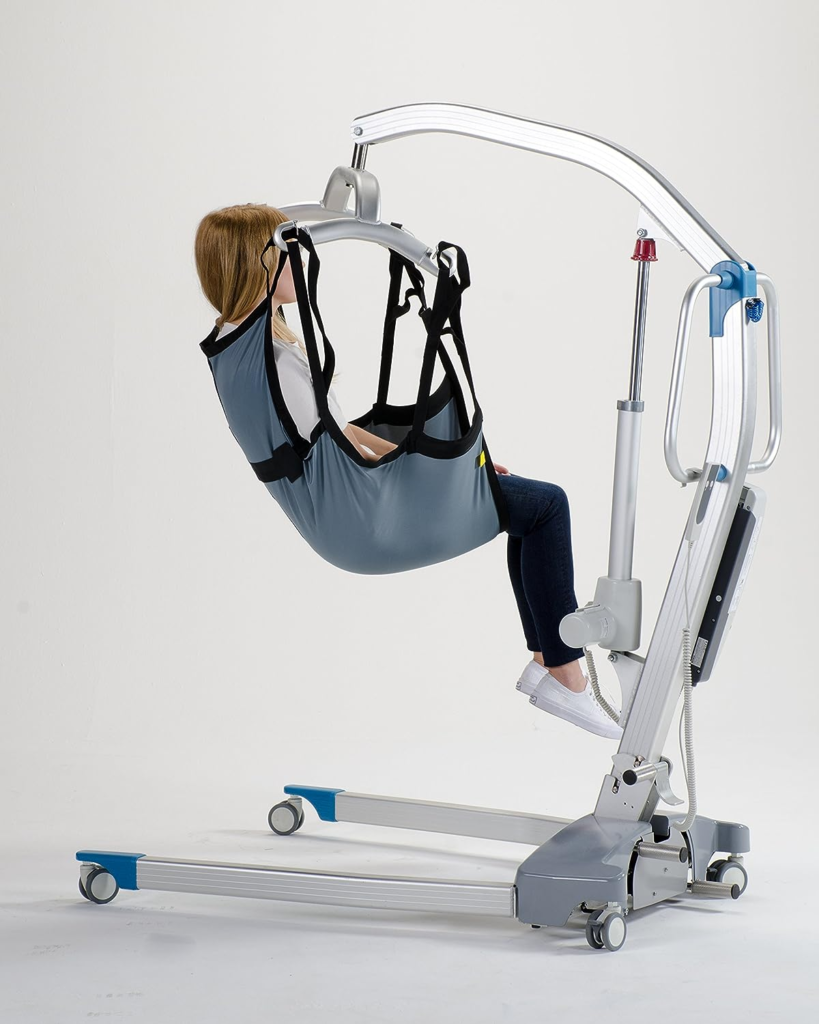
Subject: Age-Related Issues in Patient Lifts and Slings
Products: All Models of Patient Lifts and Their Corresponding Slings
Summary: Patient lifts with electric actuators or hydraulic cylinders have been available for over two decades. Worn-out, inadequately maintained, or aged lifts may be prone to failure, posing risks to both patients and caregivers.
Elaboration: Although patient lifts seem straightforward, they consist of intricate components like caster bearings, boom pivot connections, actuator/hydraulic cylinder pivots, and base leg assemblies. These parts undergo normal wear and tear, and neglecting maintenance can lead to lift malfunctions.
Furthermore, slings used with patient lifts are subject to wear and tear. Factors such as frequent laundering, use of strong cleaning agents, extreme wash/dry temperatures, misuse, and age can degrade slings. Damaged or worn slings might break, causing patient falls and injuries.
Expected Lifespan: Patient lifts, used and maintained as per provided instructions, are designed to last around 8 years. Slings are typically effective for 1 year.
Remedies/Actions: Ensuring safe lift operation requires proper installation and maintenance following the enclosed instructions and online guidelines at www.invacare.com. Regular inspections and maintenance aligned with device labels are vital. Damaged lifts should be promptly taken out of service until repaired by a qualified technician. Lifts exceeding their expected lifespan should be thoroughly examined to gauge safety, with consideration given to replacing older models. Sling condition should be inspected before each use; any signs of damage warrant discarding. Replacing slings older than one year is strongly advised.